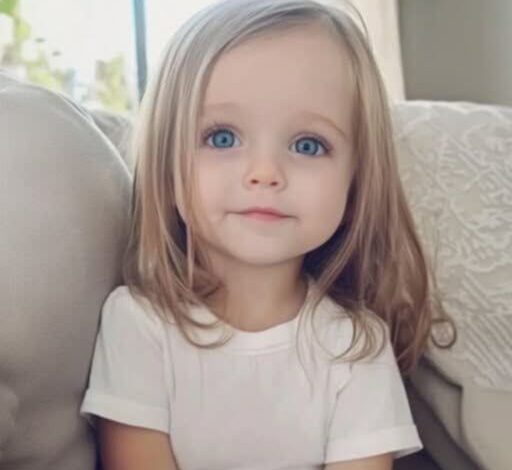The Adoption Adjustment When a Mother’s Doubts Nearly Changed a Family’s Future

Their conversation was interrupted when Sophie appeared, clutching her stuffed rabbit. Having overheard parts of their discussion, she made a heartbreaking plea: “I’m sorry I was bad at the store. I promise I won’t be bad no more.”
David immediately comforted Sophie, and when she asked Claire, “Mommy, do you still love me?” Claire nodded and embraced her. However, after Sophie returned to her room, uncertainty still lingered in Claire’s expression.
Recognizing the seriousness of the situation, David contacted an adoption support group that recommended a family therapist specializing in post-adoption counseling. During this period, the family atmosphere grew tense, with Sophie becoming noticeably withdrawn, her previously exuberant personality fading as she sensed something was wrong.
In their first session with Dr. Benjamin, Claire eventually revealed her feelings of inadequacy and fear that Sophie might have trauma they weren’t prepared to address. The therapist offered practical strategies to rebuild trust, including “connection rituals” – spending fifteen minutes daily doing activities Sophie enjoyed, from coloring to baking cookies.
Claire initially approached these exercises mechanically, but gradually began to genuinely enjoy these moments with Sophie. One particularly meaningful breakthrough occurred when Sophie asked them to dance in the living room – seeing Claire and Sophie laughing together as they twirled around marked a turning point in their relationship.
Meanwhile, Claire’s mother continued undermining their adoption decision. When David answered one of her calls, he overheard her criticism: “You should have tried surrogacy or IVF again. Now you’re stuck with a child who isn’t even yours by blood.” David chose not to share this with Claire to avoid adding to her stress.
The therapy sessions gradually helped Claire recognize that her anxiety stemmed from fear of inadequacy rather than issues with Sophie herself. As Claire worked through these feelings, Sophie thrived under their attention, proudly sharing achievements from preschool.
A pivotal moment occurred during a family cooking session when Claire accidentally spilled tomato sauce on Sophie’s shirt. Instead of getting upset, Sophie laughed and playfully dabbed sauce on Claire’s arm. After initial shock, Claire joined in the laughter and embraced Sophie. This spontaneous, joyful interaction broke through the tension that had been building since Sophie’s arrival.
That night, Claire confessed to David, “I’m sorry. I almost gave up on her. And on us.” With renewed determination, she added, “I don’t want to give her back. I want to be her mom.”
The family continued therapy for another month, with Claire organizing family outings and even enrolling Sophie in a dance class. Even Claire’s mother eventually shifted her attitude, bringing Sophie a stuffed kitten and apologizing for her absence.
When finalizing adoption paperwork, their caseworker commented that she rarely saw a child as excited about having a permanent family. Watching Sophie happily running around their living room a month later, David finally believed they would be okay as a family.
“We’re going to make this work,” Claire whispered with newfound confidence as they tucked Sophie in that night.
Through their experience, David learned that family bonds form through love and commitment rather than biology. Though fear nearly led them to make a devastating mistake, they found their way to hope through persistence and support.
This adoption success story demonstrates how family connections can strengthen through challenges when parents commit to working through adjustment difficulties rather than giving up when obstacles arise.